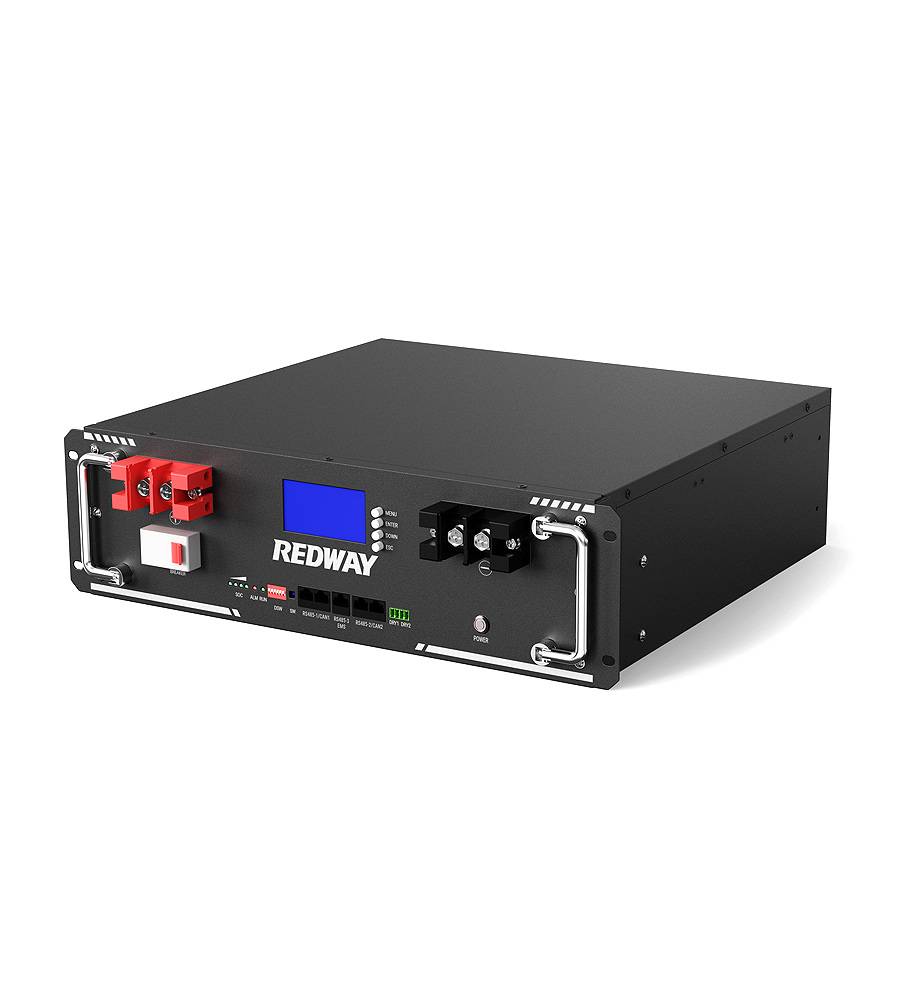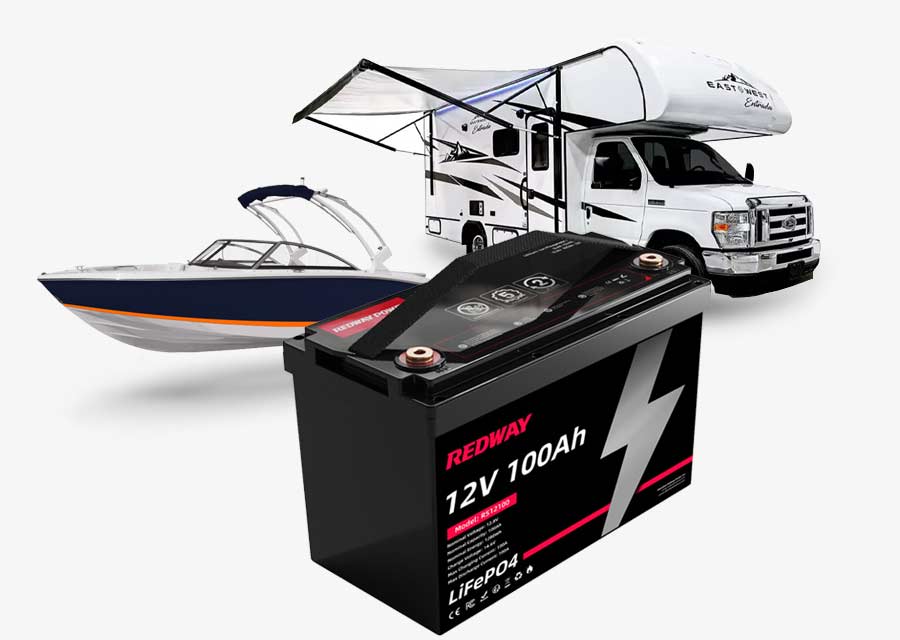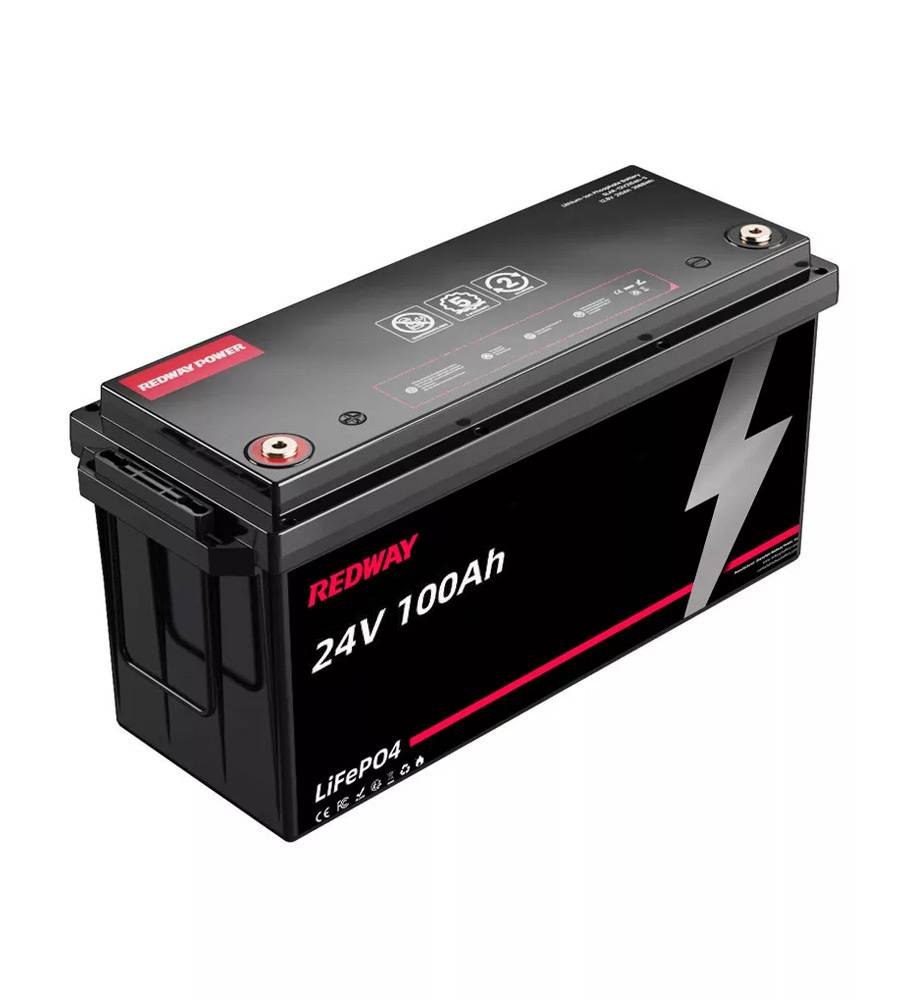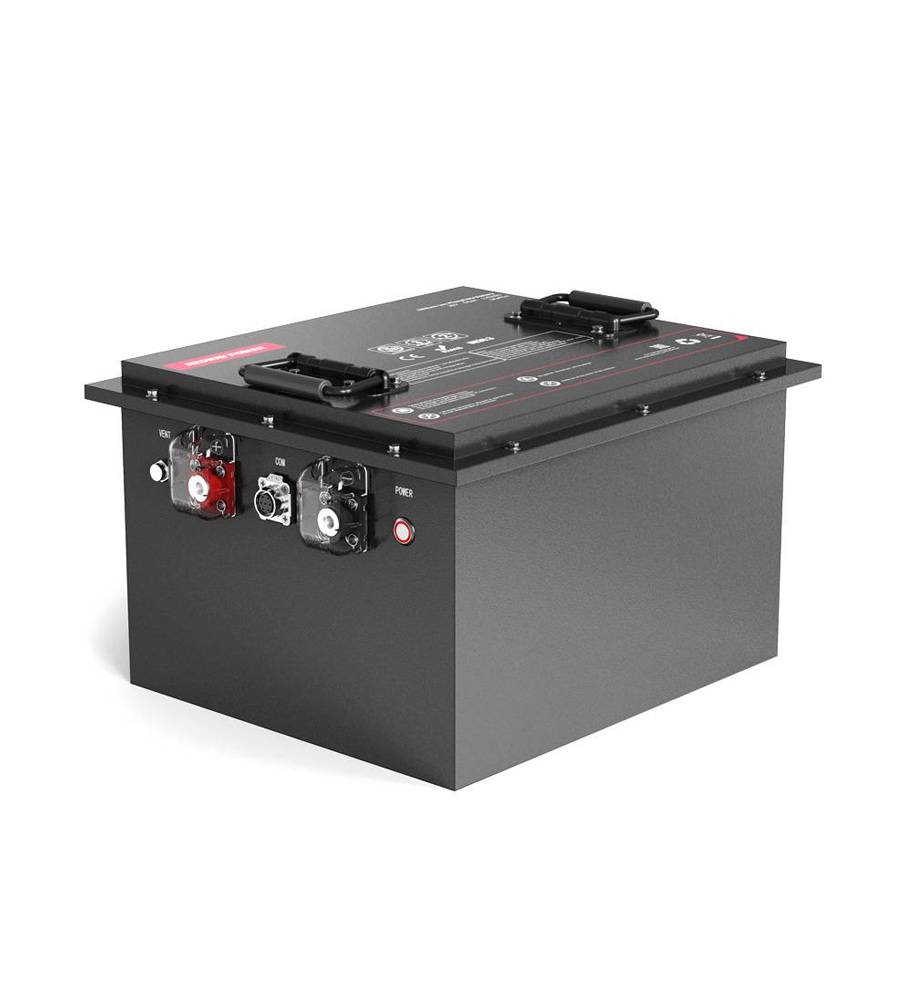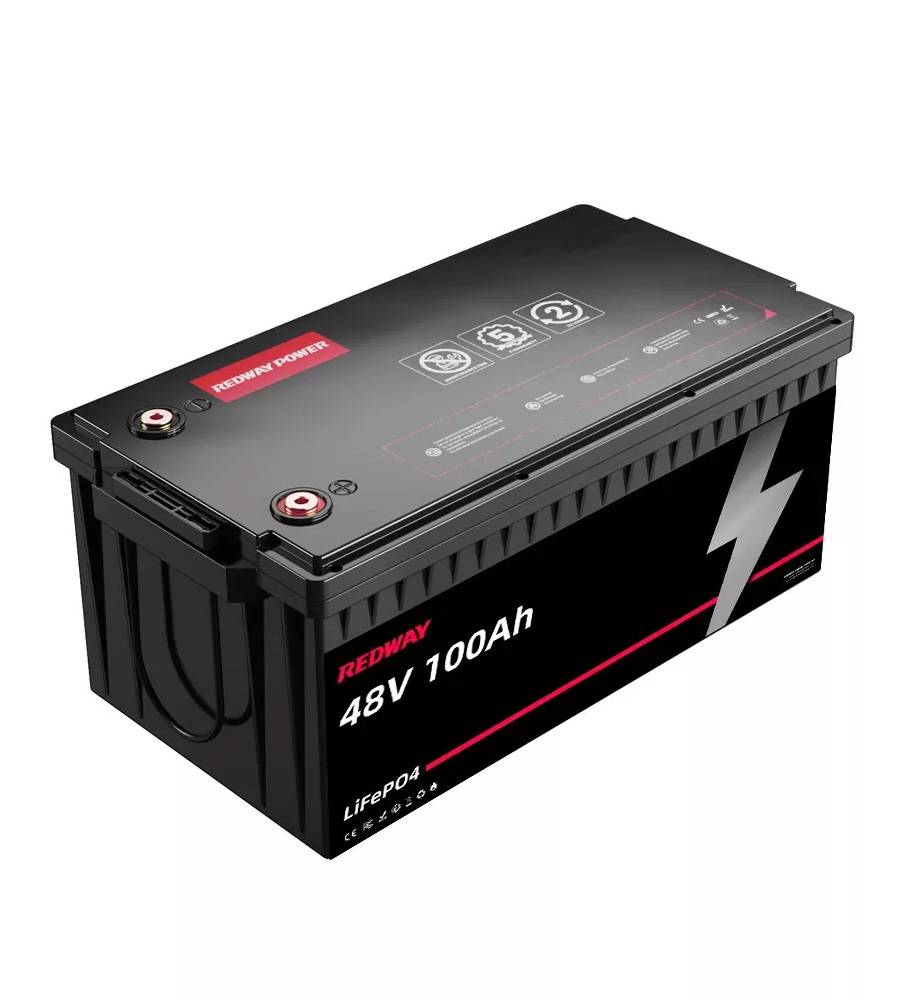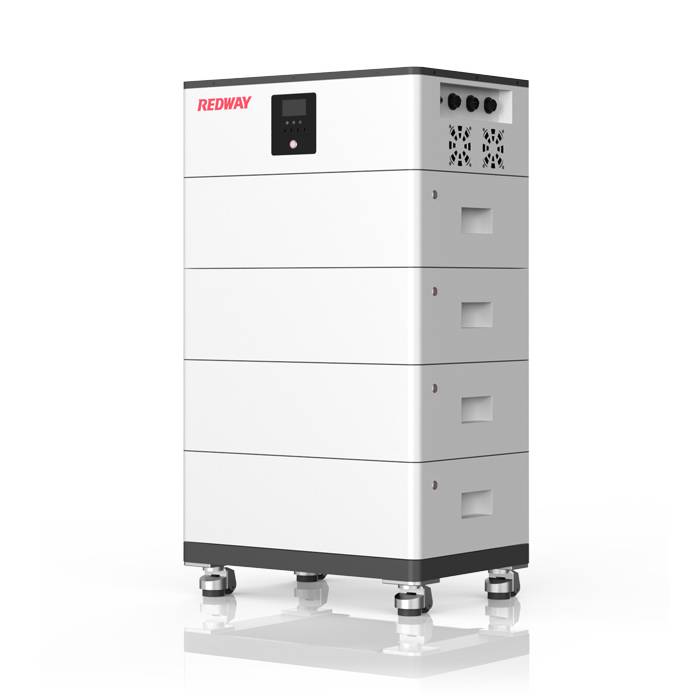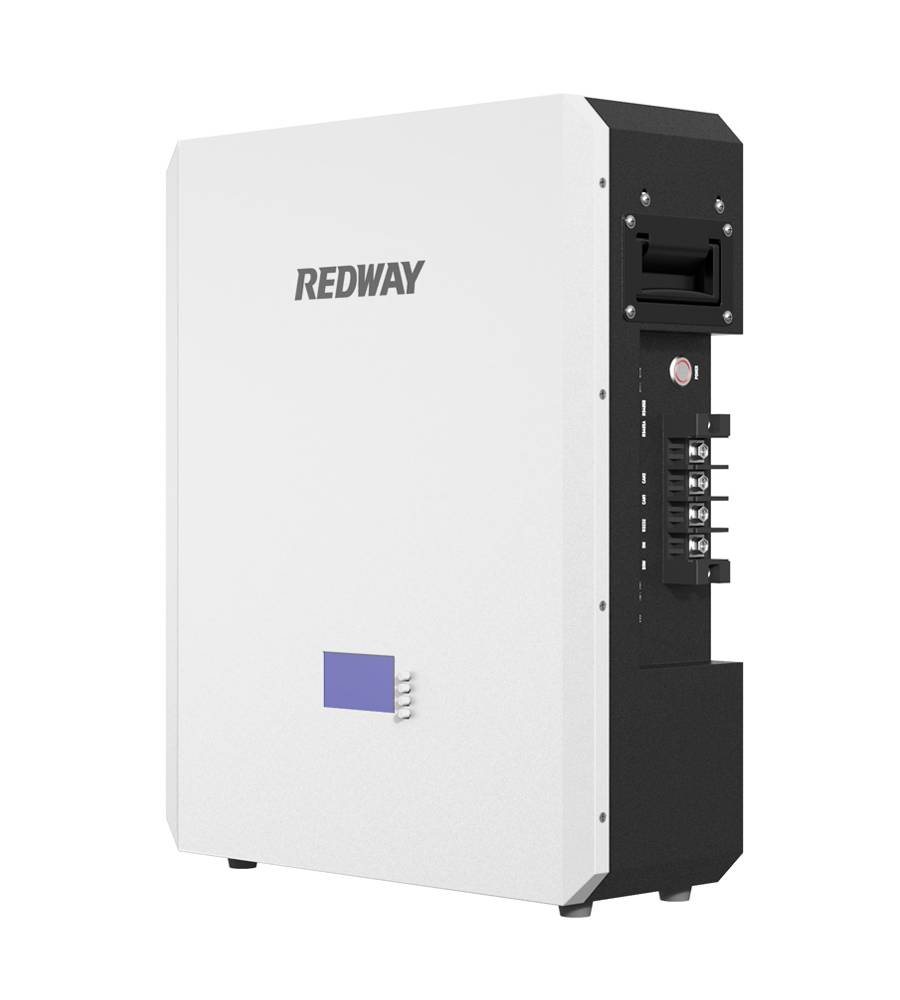- Rack-mounted Lithium Battery
- Golf Cart Lithium Battery
-
Golf Cart Lithium Battery
- 36V 50Ah (for Golf Carts)
- 36V 80Ah (for Golf Carts)
- 36V 100Ah (for Golf Carts)
- 48V 50Ah (for Golf Carts)
- 48V 100Ah (Discharge 100A for Golf Carts)
- 48V 100Ah (Discharge 150A for Golf Carts)
- 48V 100Ah (Discharge 200A for Golf Carts)
- 48V 120Ah (for Golf Carts)
- 48V 150Ah (for Golf Carts)
- 48V 160Ah (Discharge 100A for Golf Carts)
- 48V 160Ah (Discharge 160A for Golf Carts)
-
Golf Cart Lithium Battery
- Forklift Lithium Battery
- 12V Lithium Battery
- 24V Lithium Battery
- 36V Lithium Battery
- 48V Lithium Battery
-
48V LiFePO4 Battery
- 48V 50Ah
- 48V 50Ah (for Golf Carts)
- 48V 60Ah (8D)
- 48V 100Ah (8D)
- 48V 100Ah
- 48V 100Ah (Discharge 100A for Golf Carts)
- 48V 100Ah (Discharge 150A for Golf Carts)
- 48V 100Ah (Discharge 200A for Golf Carts)
- 48V 150Ah (for Golf Carts)
- 48V 160Ah (Discharge 100A for Golf Carts)
- 48V 160Ah (Discharge 160A for Golf Carts)
-
48V LiFePO4 Battery
- 60V Lithium Battery
-
60V LiFePO4 Battery
- 60V 20Ah
- 60V 30Ah
- 60V 50Ah
- 60V 50Ah (Small Size / Side Terminal)
- 60V 100Ah (for Electric Motocycle, Electric Scooter, LSV, AGV)
- 60V 100Ah (for Forklift, AGV, Electric Scooter, Sweeper)
- 60V 150Ah (E-Motocycle / E-Scooter / E-Tricycle / Tour LSV)
- 60V 200Ah (for Forklift, AGV, Electric Scooter, Sweeper)
-
60V LiFePO4 Battery
- 72V~96V Lithium Battery
- E-Bike Battery
- All-in-One Home-ESS
- Wall-mount Battery ESS
-
Home-ESS Lithium Battery PowerWall
- 24V 100Ah 2.4kWh PW24100-S PowerWall
- 48V 50Ah 2.4kWh PW4850-S PowerWall
- 48V 50Ah 2.56kWh PW5150-S PowerWall
- 48V 100Ah 5.12kWh PW51100-F PowerWall (IP65)
- 48V 100Ah 5.12kWh PW51100-S PowerWall
- 48V 100Ah 5.12kWh PW51100-H PowerWall
- 48V 200Ah 10kWh PW51200-H PowerWall
- 48V 300Ah 15kWh PW51300-H PowerWall
PowerWall 51.2V 100Ah LiFePO4 Lithium Battery
Highly popular in Asia and Eastern Europe.
CE Certification | Home-ESS -
Home-ESS Lithium Battery PowerWall
- Portable Power Stations
What Charges the 12V Battery in a Hybrid?
In hybrid vehicles, the 12-volt battery plays a crucial role in maintaining the overall functionality of the vehicle. Unlike conventional cars, which rely solely on an alternator to charge the battery, hybrids use a different mechanism due to their dual power sources: the internal combustion engine and the electric motor. Understanding the charging process of a 12V battery in a hybrid vehicle is vital for ensuring optimal performance and longevity.
How Does the 12V Battery Get Charged in a Hybrid?
The 12V battery in a hybrid is charged through a combination of regenerative braking, the internal combustion engine, and the high-voltage hybrid battery. Each of these elements works together seamlessly to ensure the 12V battery remains charged and ready to power the vehicle’s electrical systems, such as lights, radio, and essential electronic control units.
1. Regenerative Braking System
One of the most efficient ways a hybrid charges its 12V battery is through regenerative braking. During braking, the electric motor works in reverse, converting kinetic energy back into electrical energy. This electricity is then used to charge both the high-voltage battery and, indirectly, the 12V battery. The regenerative braking system is a key feature that enhances the overall efficiency of hybrid vehicles by reclaiming energy that would otherwise be lost as heat.
2. Internal Combustion Engine
In certain situations, the internal combustion engine steps in to charge the 12V battery. This typically occurs when the high-voltage battery is low, and the vehicle needs to rely more on the petrol engine. The engine powers an alternator or a DC-to-DC converter, which then charges the 12V battery. This ensures that even when the vehicle is not relying heavily on the electric motor, the 12V battery remains adequately charged.
3. High-Voltage Battery Assistance
Hybrid vehicles are equipped with a high-voltage battery that is primarily used to power the electric motor. However, this battery also plays a pivotal role in charging the 12V battery. Through a DC-to-DC converter, the high-voltage battery provides a steady charge to the 12V battery, ensuring it has sufficient power to run all necessary electronic components. This method is particularly efficient when the vehicle is running in electric-only mode, as it allows the 12V battery to be charged without the need for the internal combustion engine.
What Happens When the 12V Battery Dies in a Hybrid?
A dead 12V battery in a hybrid vehicle can lead to significant issues, as it is responsible for powering essential systems needed to start the car. Unlike traditional vehicles, where a dead battery can be jump-started relatively easily, hybrids pose a unique set of challenges.
1. Inability to Start the Engine
The most immediate consequence of a dead 12V battery in a hybrid is the inability to start the petrol engine. Even if the high-voltage battery is fully charged, the car may not start if the 12V battery is dead. This is because the 12V battery powers the starter motor, which is required to crank the engine. Without a functional 12V battery, the vehicle is effectively immobilized.
2. System Failures and Safety Concerns
In addition to engine start-up issues, a dead 12V battery can cause system failures in various electronic control units (ECUs) within the vehicle. This can lead to a cascade of malfunctions, affecting everything from the infotainment system to critical safety features such as airbags and anti-lock braking systems (ABS). It is, therefore, crucial to maintain the health of the 12V battery to ensure the vehicle operates safely and reliably.
3. Resetting the Vehicle
Some hybrids, such as the Toyota Prius, require a system reset if the 12V battery dies. This process can be complicated and may involve multiple attempts to restart the engine. If the battery fails to start the engine after a few tries, the vehicle might need to be reset by a professional technician, further complicating the situation. This underscores the importance of regular maintenance and monitoring of the 12V battery’s condition.
Why Are Hybrid 12V Batteries So Expensive?
The cost of replacing a 12V battery in a hybrid is notably higher than that of conventional vehicles. This can be attributed to several factors that contribute to the premium pricing.
1. Specialty Battery Design
Hybrid 12V batteries are often specially designed to meet the unique demands of a hybrid vehicle’s electrical system. Unlike standard lead-acid batteries, many hybrid 12V batteries are AGM (Absorbent Glass Mat) or Lithium-ion types, which offer greater durability, better performance in varying temperatures, and longer lifespans. However, these benefits come at a higher cost due to the more complex manufacturing processes and the use of advanced materials.
2. Limited Aftermarket Options
Another reason for the high cost is the limited availability of aftermarket options. Since hybrid vehicles are relatively less common than traditional gasoline-powered cars, the demand for replacement 12V batteries is lower. This results in fewer manufacturers producing them, leading to higher prices due to lack of competition. Vehicle owners often have to rely on OEM (Original Equipment Manufacturer) parts, which are typically more expensive than aftermarket alternatives.
3. Importance of Reliability
Given the critical role the 12V battery plays in the overall functioning of a hybrid vehicle, manufacturers prioritize reliability and longevity. This focus on quality results in the use of higher-grade materials and stricter quality control measures, further driving up the cost. Owners of hybrid vehicles are often willing to pay a premium for a battery that they can trust to perform reliably, especially considering the potential consequences of a battery failure.
How Do You Charge a 12-Volt Prius Battery?
Charging the 12-volt battery in a Toyota Prius or similar hybrid vehicle requires careful attention to detail to avoid damage to the battery or vehicle systems. Here’s a step-by-step guide to ensure safe and effective charging.
1. Turn the Engine On and Drive
One of the simplest ways to charge the 12V battery in a Prius is to turn on the engine and drive the vehicle for about 20 minutes. During this time, the alternator (or DC-to-DC converter) will charge the battery as the vehicle operates. It is crucial to avoid turning off the car during this period, as continuous operation is necessary to maintain a steady charge.
2. Overnight Charging
If driving the vehicle is not an option, the 12V battery can be charged overnight using a compatible battery charger. When charging the battery, it’s important to use a charger that is specifically designed for hybrid vehicles or AGM/Lithium-ion batteries, as these chargers will provide the correct voltage and current to safely charge the battery without causing damage.
3. Safety Precautions
Charging a 12-volt battery involves working with electricity, which can be dangerous if proper precautions are not taken. Always ensure that the vehicle is turned off before connecting a charger, and carefully follow the manufacturer’s instructions. Work slowly and methodically to avoid mistakes that could lead to short circuits or other hazards. Additionally, wearing protective gloves and eyewear is recommended to reduce the risk of injury.
Conclusion
Understanding the nuances of how the 12V battery in a hybrid vehicle is charged, maintained, and replaced is essential for ensuring the long-term health of your vehicle. From the intricate balance between the internal combustion engine, regenerative braking, and high-voltage battery to the specific requirements of charging a Prius battery, every aspect plays a vital role in keeping your hybrid running smoothly. By following best practices and staying informed about your vehicle’s unique needs, you can avoid the pitfalls associated with battery failure and enjoy a more reliable and efficient driving experience.
